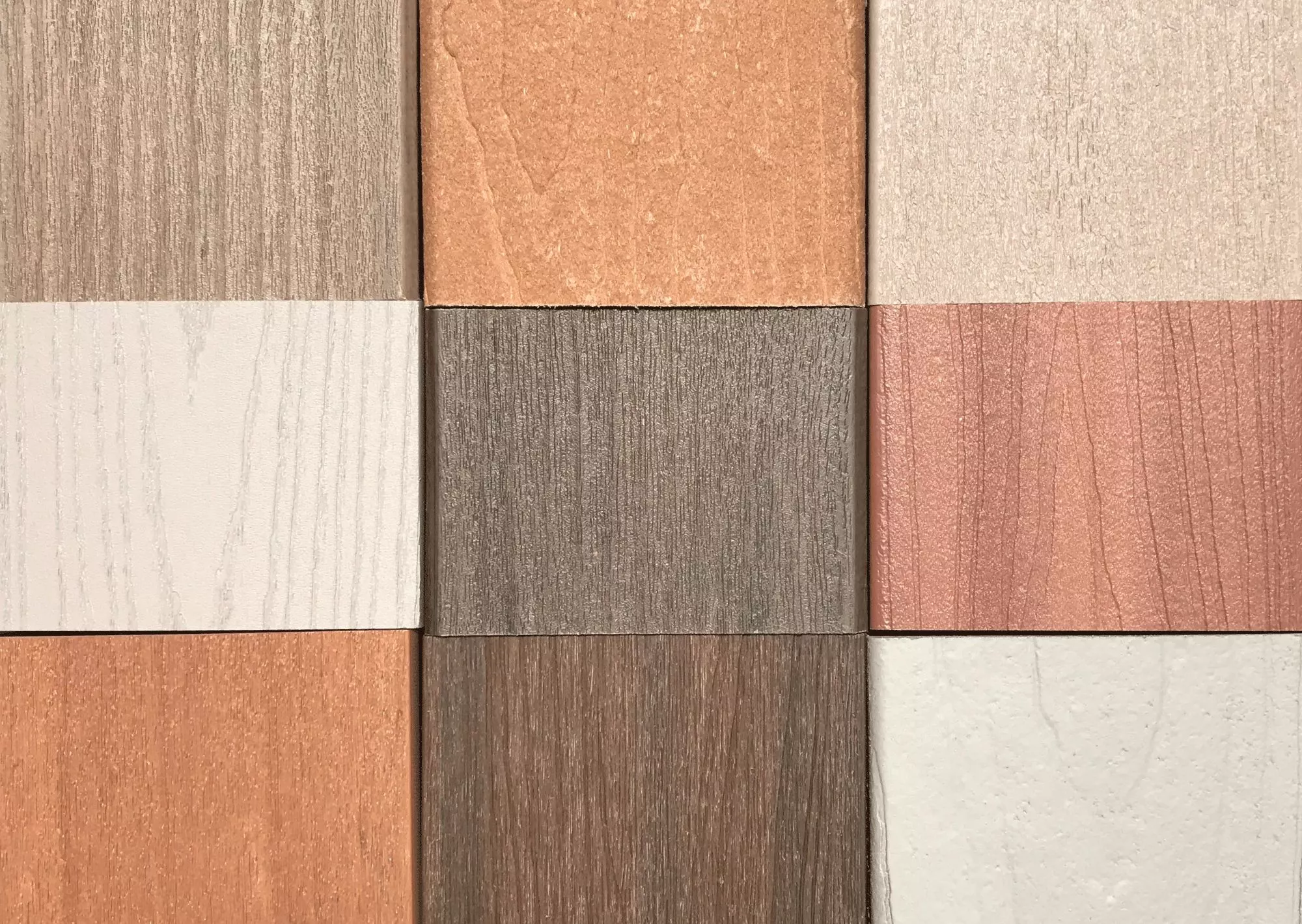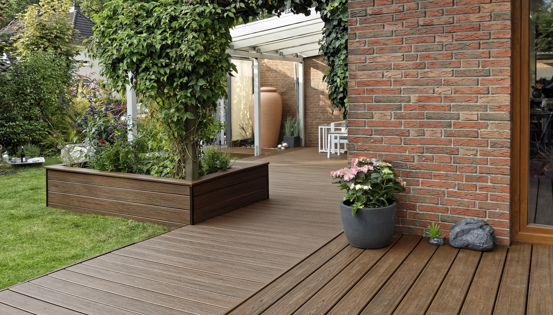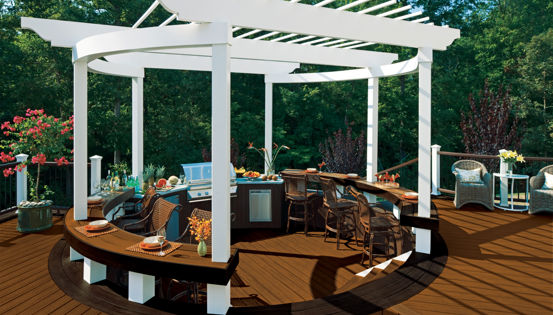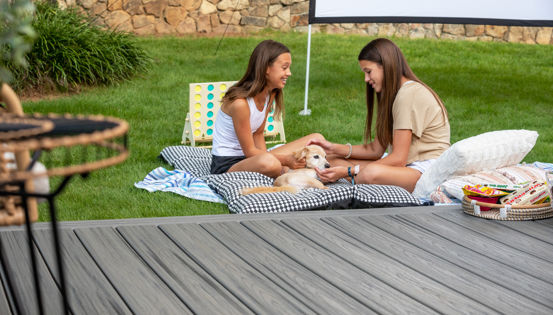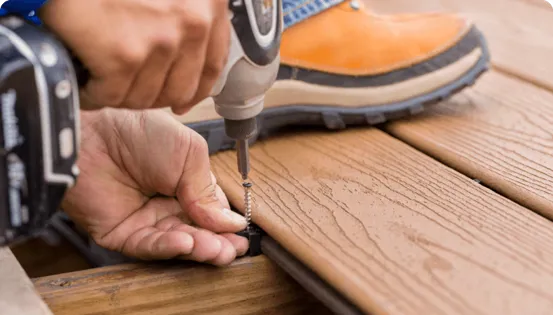Currently the king of the hill among high-end deck builders, capped composites are popular because they mimic the look of wood but require almost no maintenance. Capped composite deck boards are composed of a traditional composite wood / plastic core with a durable polymer protective shell. They come in a range of quality and price, so you’ll need to do some research to get the best deal. The advantage of capped composite decking is the PVC coating prevents mold and mildew from feeding on the organic fiber found in composite material.
Look for Durability
Some capped composites have a thick, hard shell that will hold up to heavy abuse, while others are less satisfactory. A reliable product should have a 25-year warranty against things like warping, stains, swelling, and fading. (You cannot expect a warranty against scratching, because no product can hold up against severe scratches.)
Good & Better
Many companies have two or more models of capped composites, to suit different budgets and tastes. At the low end, boards may be monocolored (though with a choice of 4 or 5 different colors) with an embossed wood grain. Mid-priced boards may have two or three colors to look more like wood. And top-end boards will have sophisticated patterns that use multiple colors; the patterns may repeat so seldom that you would have a difficult time seeing any repeats. Durability and fade resistance may be the same for all three levels, or the higher-end boards may be better quality.
Composite Cores
Capped boards with composite cores are more environmentally friendly because they are mostly made of recycled products. The ratio of plastic to wood flour is usually about 50/50.
Check out the capped composite decking options on Trex to learn more.
